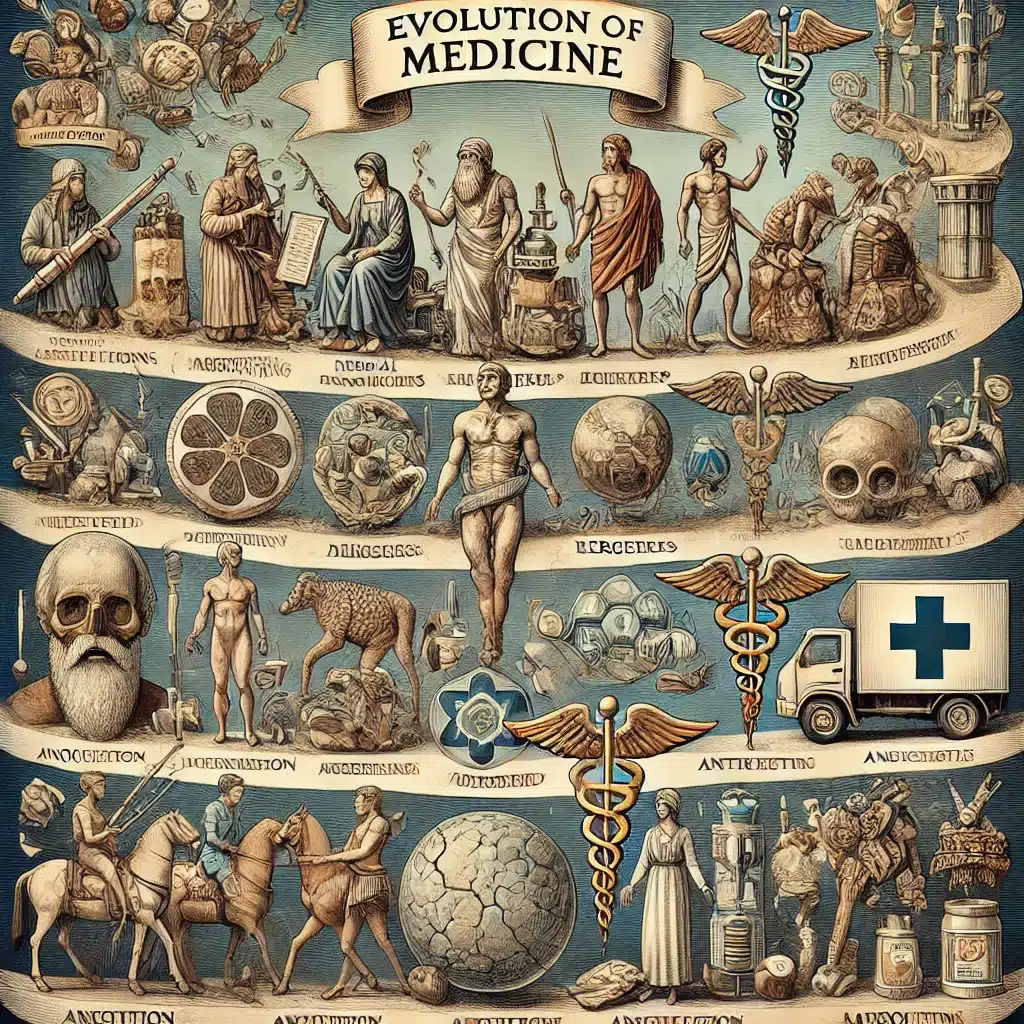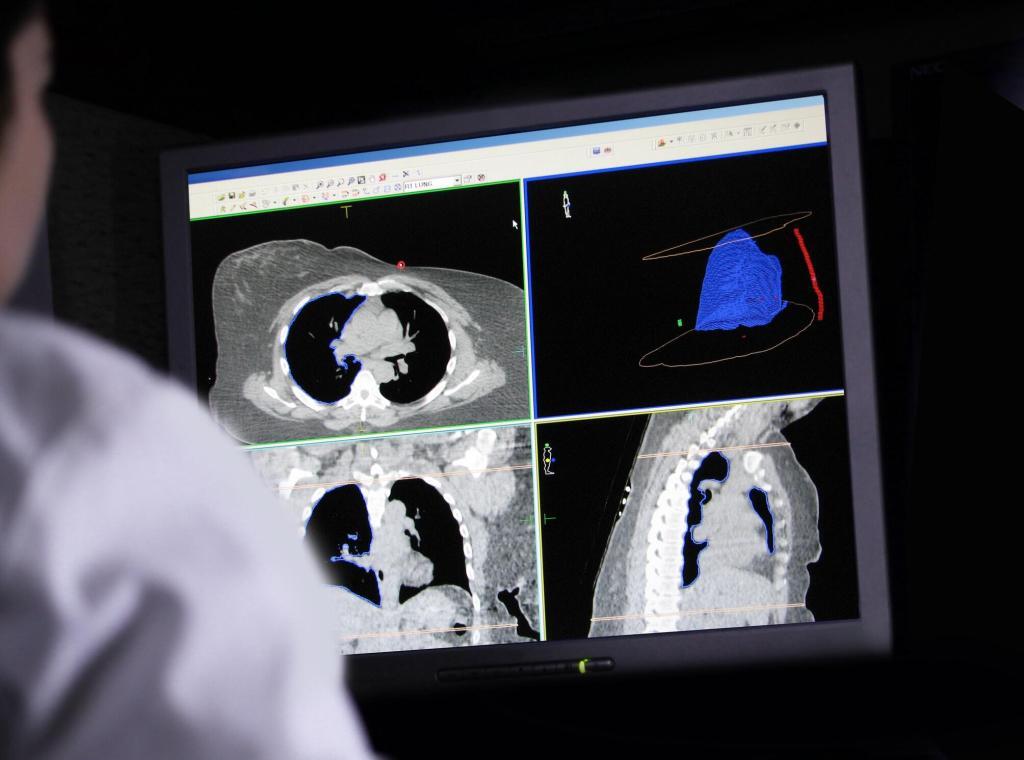Nanotechnology has emerged as a transformative force in the field of medicine, offering new avenues for disease treatment, diagnostics, and drug delivery. This article explores the vast potential of nanotechnology in medicine, particularly focusing on its application in drug delivery, molecular diagnostics, and the development of novel medical treatments. The unique properties of nanoparticles and their ability to interact with biological systems at the molecular level make nanotechnology a powerful tool for improving medical outcomes. By enhancing drug efficacy, enabling early diagnosis, and creating novel therapeutic strategies, nanotechnology promises to reshape the future of healthcare.
Introduction to Nanotechnology
Nanotechnology, the manipulation of matter at the atomic and molecular scale, typically on a nanometre scale (1 to 100 nanometres), has unlocked remarkable possibilities in various fields, particularly in medicine. The ability to engineer materials with properties and functions far different from their bulk counterparts has made nanotechnology an essential tool for improving human health. The applications of nanotechnology in medicine include drug delivery, diagnostics, and the development of new treatments for a variety of diseases, from cancer to neurological disorders. These breakthroughs at the nanoscale have brought us closer to more precise, personalised, and effective treatments.
Nanotechnology and Drug Delivery
Traditional drug delivery systems often suffer from poor bioavailability, where the active pharmaceutical ingredients fail to reach the targeted tissue in sufficient concentrations, leading to reduced efficacy and increased side effects. Nanotechnology offers a solution to these limitations through the development of nanocarriers that can deliver drugs directly to the diseased cells, reducing systemic side effects and enhancing treatment efficiency.
Nanoparticles, liposomes, dendrimers, and polymeric micelles are some of the nanocarriers used in targeted drug delivery. These nanocarriers are engineered to improve the solubility, stability, and bio-distribution of drugs. Additionally, they can be functionalised with ligands that recognise and bind to specific receptors on target cells, allowing for highly specific drug delivery.
For example, in cancer therapy, nanoparticles can be designed to carry chemotherapy drugs directly to tumour cells while avoiding healthy tissues. This reduces the toxic side effects of chemotherapy, such as hair loss, nausea, and fatigue. Researchers are also exploring the use of nanocarriers to deliver gene therapy to cells, offering potential treatments for genetic disorders.
Controlled and Sustained Release
One of the most important advantages of nanotechnology in drug delivery is the ability to create systems that provide controlled and sustained release of therapeutic agents. This means that drugs can be released at a specific rate over a predetermined period, ensuring that the drug concentration in the bloodstream remains within the therapeutic window for an extended time. This reduces the need for frequent dosing and enhances patient compliance.
Polymeric nanoparticles and liposomes are commonly used in controlled release drug delivery systems. These nanoparticles can encapsulate the drug and release it gradually as the nanoparticle degrades or as triggered by external stimuli such as changes in pH, temperature, or light. This approach is particularly beneficial in treating chronic diseases where long-term drug administration is required.
Overcoming Biological Barriers
One of the significant challenges in drug delivery is overcoming biological barriers such as the blood-brain barrier (BBB), which restricts the passage of most drugs into the brain. Nanotechnology offers novel strategies to cross these barriers, allowing drugs to reach previously inaccessible tissues.
For instance, nanoparticles have been shown to enhance the delivery of drugs across the BBB, offering new treatment possibilities for neurological disorders like Alzheimer’s disease, Parkinson’s disease, and brain tumours. Similarly, nanoparticles can be used to penetrate the dense tissue environment of solid tumours, improving the delivery of anticancer drugs.
Nanotechnology in Diagnostics
One of the key advantages of nanotechnology in diagnostics is its ability to detect diseases at an early stage. Traditional diagnostic methods often require large sample volumes and may not detect diseases until they have progressed significantly. Nanotechnology enables the detection of disease-related biomarkers at extremely low concentrations, providing opportunities for early diagnosis and intervention.
Nanosensors and nanoprobes are highly sensitive tools that can detect molecular changes associated with diseases, such as cancer, infections, and cardiovascular disorders. These nanoscale devices can be designed to recognise specific proteins, DNA sequences, or other biomolecules that are indicative of a particular disease.
For example, gold nanoparticles can be functionalised with antibodies that bind to cancer-related proteins. When these nanoparticles come into contact with a sample containing the target protein, they produce a detectable signal, allowing for rapid and sensitive detection of cancer markers.
Imaging Techniques
Nanotechnology has also made significant advancements in medical imaging. Traditional imaging techniques, such as X-rays, MRI, and CT scans, often lack the resolution needed to detect diseases at the molecular level. Nanotechnology-enhanced imaging agents, such as quantum dots and superparamagnetic nanoparticles, offer higher resolution and sensitivity, enabling the visualisation of cellular and molecular processes in real-time.
Quantum dots, for example, are semiconductor nanoparticles that emit light when excited. They can be used as fluorescent probes for imaging cancer cells, tracking drug delivery, and monitoring the response to treatment. Similarly, iron oxide nanoparticles are used as contrast agents in MRI, improving the detection of tumours, inflammation, and other pathological changes in tissues.
Point-of-Care Diagnostics
Point-of-care diagnostics aims to bring rapid, accurate testing to the patient’s bedside or home, eliminating the need for centralised laboratory testing. Nanotechnology-based point-of-care devices offer a quick and sensitive way to diagnose diseases, monitor treatment, and guide clinical decision-making.
Nanobiosensors, for example, can detect disease biomarkers in blood, saliva, or urine samples in minutes, allowing for real-time diagnosis. These devices are particularly valuable in resource-limited settings where access to advanced medical facilities is scarce.
Nanomedicine and Cancer Treatment
Cancer treatment has been one of the primary areas where nanotechnology has shown tremendous promise. Traditional cancer treatments, such as surgery, chemotherapy, and radiation, often come with significant side effects and may not effectively target all tumour cells. Nanotechnology offers new approaches to cancer treatment that are more targeted and less toxic.
Nanoparticles can be designed to deliver chemotherapy drugs directly to tumour cells, sparing healthy tissues and reducing side effects. Additionally, researchers are exploring the use of nanoparticles for hyperthermia therapy, where nanoparticles are heated to destroy cancer cells selectively. This approach minimises damage to surrounding tissues and enhances the effectiveness of cancer treatment.
Moreover, nanotechnology has opened the door to immunotherapy, a treatment that harnesses the body’s immune system to fight cancer. Nanoparticles can be engineered to deliver immune-stimulating agents to tumour cells, enhancing the body’s immune response against cancer.
Gene Therapy and Nanotechnology
Gene therapy involves the delivery of genetic material into cells to treat or prevent diseases. One of the main challenges in gene therapy is the safe and efficient delivery of therapeutic genes to target cells. Nanotechnology provides innovative solutions for gene delivery by developing nanoscale carriers that protect the genetic material and ensure its delivery to the correct cells.
Nanoparticles, such as liposomes and polymeric nanoparticles, can encapsulate DNA or RNA and deliver it to cells without triggering an immune response. This approach has shown great potential in treating genetic disorders, such as cystic fibrosis and muscular dystrophy, as well as in cancer therapy.
Nanotechnology in Regenerative Medicine
Regenerative medicine, which focuses on repairing or replacing damaged tissues and organs, has also benefited from advances in nanotechnology. Nanomaterials can be used to create scaffolds that mimic the extracellular matrix, providing a structure for cells to grow and regenerate tissues.
Nanofibres, for example, are used in tissue engineering to support the growth of new tissues, such as skin, bone, and cartilage. These nanostructures promote cell adhesion, proliferation, and differentiation, improving the success of regenerative therapies.
Moreover, nanotechnology is being used to develop stem cell-based therapies, where nanoparticles can deliver growth factors or other molecules to direct stem cell differentiation and tissue regeneration.
Challenges and Future Prospects
While nanotechnology holds immense promise in medicine, several challenges remain. The long-term safety and toxicity of nanoparticles are still areas of concern. There is a need for comprehensive studies to understand the potential risks associated with the use of nanomaterials in the human body, particularly in terms of accumulation, degradation, and immune response.
Regulatory approval of nanomedicine products is another hurdle. The complexity of nanomaterials and the lack of standardised testing methods make it challenging to assess the safety and efficacy of these products. Regulatory bodies must develop guidelines specific to nanomedicine to ensure that new therapies are both safe and effective.
Despite these challenges, the future of nanotechnology in medicine is promising. Ongoing research is expanding the possibilities of nanotechnology in drug delivery, diagnostics, and treatment. As our understanding of nanoscale materials deepens, we can expect to see even more innovative and effective therapies that will revolutionise healthcare.
Conclusion
Nanotechnology is transforming medicine, offering new solutions for some of the most pressing challenges in healthcare. Through targeted drug delivery, enhanced diagnostics, and novel therapeutic strategies, nanotechnology is improving the efficacy and safety of medical treatments. As research in this field continues to advance, nanotechnology holds the potential to reshape the future of medicine, making treatments more precise, personalised, and effective. While challenges remain, the progress made so far is a testament to the revolutionary impact that nanotechnology can have on human health.
Disclaimer
The content presented in this article is for informational and educational purposes only and does not constitute medical advice, diagnosis, or treatment. While every effort has been made to ensure the accuracy of the information provided, Open Medscience makes no warranties regarding the completeness, timeliness, or reliability of the content. Readers are advised to consult qualified healthcare professionals before making any decisions based on the information in this article.
Furthermore, any mention of specific technologies, treatments, or products does not imply endorsement by Open Medscience. The field of nanomedicine is continuously evolving, and ongoing research may lead to new findings or revise current understanding. Open Medscience disclaims any liability for damages or losses arising from the use or misuse of the content provided.
You are here: home » diagnostic medical imaging blog »



